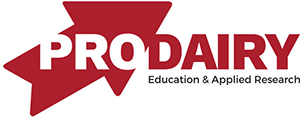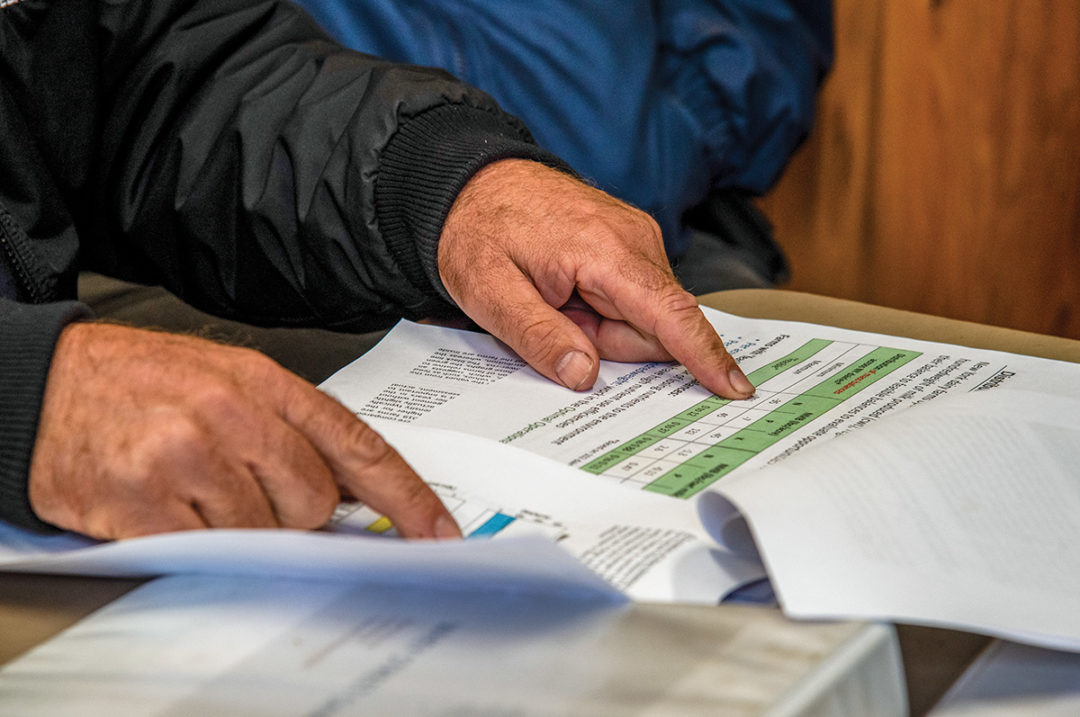The U.S. dairy industry is under growing pressure to meet environmental stewardship goals and expectations set by policy makers, dairy processors, retailers, and consumers. This growing pressure offers challenges but also great opportunities, which are both starting to impact the market competitivity of dairy. Many sustainability tools have and will continue to be developed. Key to selection of tools is to know how well they reflect the farm, field, crop, manure, and herd management practices.
Environmental sustainability tools include those for nutrient use, water and air quality, soil health, greenhouse gas (GHG) emissions, and biodiversity. Effective tools must be capable of easily measuring, monitoring, and informing on the progress of environmental performance, and ideally give some indication of economic performance or efficiency.
Truly valuable tools can be used to support, drive, and promote the sustainability and value of dairy, but must meet key criteria (Box 1, below). When these criteria are met, tool outcomes should include key performance indicators (KPIs) to help farmers move towards greater environmental performance, including minimizing nitrogen (N) and phosphorus (P) losses and GHG emissions, enhancing biodiversity, and ensuring economic success.
The tool outcomes can help a farmer recognize the strengths and opportunities for the individual farm, as well as guide and monitor management decisions to progress toward and beyond dairy sustainability goals at regional and industry levels.
FARM DATA VALUE
The value for farmers who use sustainability tools and contribute data is:
- Knowing their status
- Having a tool to guide improvements
- Monitoring their farm efficiency
- Being able to demonstrate good practices on the farm
Anonymous aggregation of individual farm data provides value at the regional level through more accurate and up-to-date information that gives a true reflection of the current status of the dairy industry. This can be used to better inform and guide environmental protection and enhancement guidelines and policies, improve decision support from the tool, provide relevant opportunities for greater on-farm efficiency, and highlight the performance of the dairy industry in that region. At the individual farm and wider industry level, this can also provide a market advantage and allow for greater consumer trust and understanding in dairy.
MAKING THE BEST TOOLS
Results from environmental assessment tools can have great value as a metric or indicator of performance, as a decision support tool, and as a marketing asset. When developed through a collaboration of researchers, farmers and industry, these tools can be used with confidence to build meaningful, science-based, roadmaps and strategies for individual farm and industry-wide progress towards sustainability goals.
However, building tools that meet the criteria listed in Box 1 is not easy. What can farmers do? By working together with researchers, tool outcomes can gain greater transparency, wider trust, and increased acceptability among all interested parties. For this to work, farmers need to feel confident in sharing their data, and to see value from their contribution and representation of their farming system in the analytics, for their individual farm, their co-ops, and for the wider dairy industry. Likewise, industry needs clear and accurate results to fulfill their reporting requirements, meet consumer expectations, and avoid the risk of greenwashing.
A VALUABLE SUSTAINABILITY TOOL
The whole-farm nutrient mass balance (NMB) assessment is a good example of a valuable sustainability tool that developed over time thanks to the contribution of data from many commerical farms.
The Cornell University NMB tool uses a simple accounting approach, taking the difference between the total amount of nutrients (N, P, or potassium [K]) imported and exported on a farm, and dividing it by the total land base (an indicator of environmental performance), and by the amount of milk sold (an indicator of efficiency, or economic performance).
In the first years in which the assessment was implemented, farmers only received their farm’s balance. Their numbers could not be put into context at that time – was it high, low, acceptable? Once enough farms participated, and a database was built, feasible balances (ranges) could be set based on actual farm data, multiple years of records, and farmer agreement on achievability.
As the database grew, more insight into the drivers of NMB results were identified and farmer reports now include an “opportunity table” that can be used to identify opportunities for improvement (such as reducing the P content of cow diets or increasing the proportion of legume in the crop rotation).
Farmers who participate and share data with the Cornell University NMB team receive reports that show their balances compared to peers (their farm dot among unanimous dots on a figure), their balances over time compared to the feasible ranges to allow for monitoring of progress, and an opportunity table to trouble-shoot and develop a pathway forward.
As more farmers participate and new practices emerge, the drivers of the balances can be reassessed and refined as necessary, advancing both science and farmer practices. This could, as it has in New York, even lead to incentivizing programs for N and P that reward farms for managing within the feasible balances.
GROWING VALUE
Currently, dairy farmers may be asked by co-ops and retailers to use various tools and complete multiple assessments, each with individual results and metrics, and potentially conflicting guidance on the opportunities for improvement.
With the contribution of farm data to the databases of these tools, the calculation, reporting and monitoring process can be streamlined, and common KPIs and win-win opportunities can be identified. Feasible ranges for performance can be set that have a positive impact on sustainability and efficiency, based on a true representation of dairy farms and what is considered implementable by those farms.
Cornell University's Nutrient Management Spear Program staff is working with commercial dairies across New York to conduct and evaluate sustainability assessments using the Cornell University NMB tool as well as Cool Farm Tool4, an online GHG, water, and biodiversity assessment tool of the Cool Farm Alliance that meets many of the criteria in Box 1. Ultimately, a comprehensive, yet clear and simple, evaluation of environmental performance could be developed for individual farms and the wider dairy industry, allowing trusted and transparent communication of achievements.
CONTRIBUTE TO A SUSTAINABLE FUTURE
Dairy sustainability targets will not disappear. Sustainability tools are available that can provide value in multiple ways:
- Practical value, through farm-specific results, decision support, and monitoring over time
- Economic value, through opportunities for improved efficiency and potential market premiums
- Moral value, through environmental stewardship
If you want to know where you stand among your peers, work with your local research and development teams. This positions your farm to be ahead of the game, ensures that your farm and farm practices are represented in regional analyses that could influence policy decisions, and helps communicate the true story of dairy production in your region. Contribute your data, share feedback, and in the process increase the value of your dairy!
BOX 1
Assessment tool criteria
- Maintains farm confidentiality
- Transparent calculations and science-supported results to gain trust with stakeholders
- Benchmarking of individual farms
- Ability to compare to peers
- Breakdown of metrics across management units (herd, feed storage, manure handling systems, crops, soil)
- Identification of opportunities to improve animal husbandry and crop management practices that are relevant to individual farms, co-ops, and regions
- Capability to function as a decision support tool for on-farm management decisions, subsidy allocation, and product marketing
- Recognition and monitoring of good practices and performance
- Contribution of accurate, representative farm data that will not be taken out of context
- Continuous science-based and farmer-informed tool advancement
 |
This article appeared in PRO-DAIRY's The Manager in March 2024. To learn more about Cornell CALS PRO-DAIRY, visit PRO-DAIRY. |







